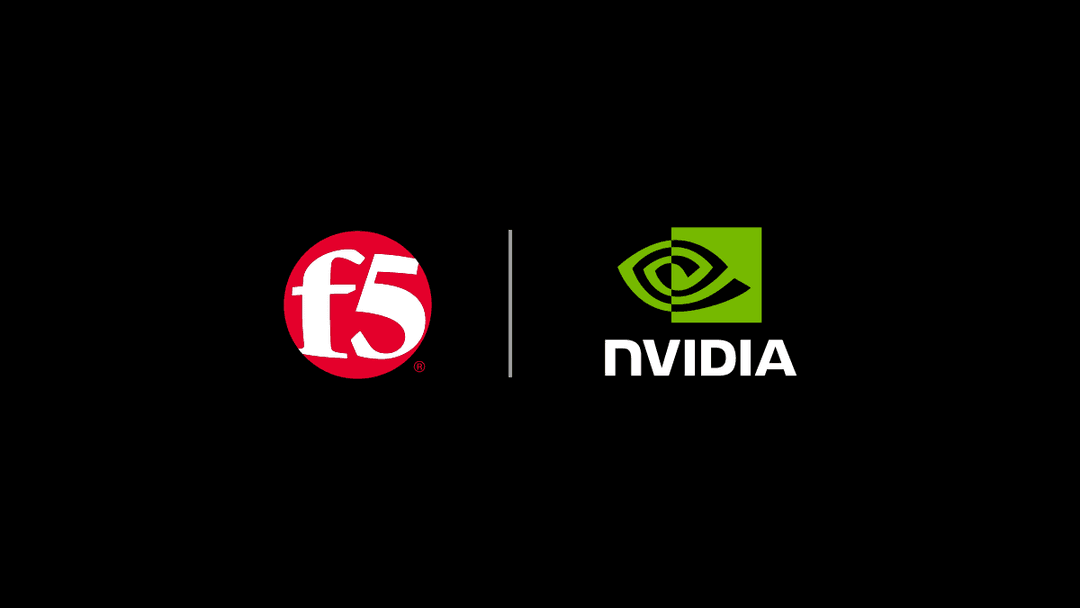CISOs don’t smile much these days. It’s a hard job. Tasked with having ultimate responsibility of corporate security, the CISO must balance business driving innovation with the corporate responsibility for security and adequate system controls. Business advantages however, are not often gained without some degree of risk. As organizations transform the business with new applications and automation, it usually means exposing these business applications to the Internet and all the dangers that come with it. These applications are out there. Exposed. Potentially vulnerable. Scary. There are security options out there, but can the right mitigation be enforced before the bad happens?
At the top of the bad list is service disruption. Disruptions measurably impact the business, and denial of service (DoS) attacks come cheap these days. Earlier this year, the "JenX" DDoS-for-hire thingbot could be bought for $20. For less than the price of a decent pizza, an attacker could launch a 300 Gbps DDoS attack capable of taking down your average business app. The critical CISO mission becomes to ensure the application (business) stays available, uneventful, and “business as usual.”
Protecting applications against a litany of attacks requires mitigating controls. However, the attacks today are both larger and more sophisticated. The Mirai thingbot generated traffic volumes of over 1.2 terabit per second. GitHub went down to an even larger attack. Other attacks rely on guile instead of brute force – attaching at the application layer. Low bandwidth attacks like Slowloris can target the application itself. Slowloris attacked the web server’s request handling capabilities by sending multiple requests that never complete – exhausting connection resources resulting in a denial of service. No CISO smiles here.
Defending against these DoS attacks requires both application and network layer protections. The newly updated F5 DDoS Hybrid Defender provides the best of both. The ultra-resilient design enables applications to stay available even under the most intensive attacks. The on-premises appliance serves as the primary defense. When needed, it can automatically redirect traffic to F5 Silverline DDoS Protection for off-premises scrubbing service and then smoothly transition traffic back to business as usual operations.
At the application layer is where DDoS Hybrid Defender is truly impressive. F5 has proficiency in the healthy delivery of applications. This technological expertise is infused into DDoS Hybrid Defender leveraging analytics and machine learning to understand the expected “code of conduct” for protected applications. It identifies when applications are under siege from low volume attacks (e.g., slowloris) that evade network-only (layer 4) defenses. DDoS Hybrid Defender knows when these attacks are customer-impactful by monitoring the server’s customer-visible health metrics. But here is the really cool part – it automatically creates and deploys a mitigation signature to stop it before it can impact application availability. Are self-tuning and automated defenses enough to make a CISO smile? I think we are getting close.
It gets better. F5 has designed the DDoS Hybrid Defender specifically for the SOC operator. It offers simple out-of-the box configuration and a number of deployment options to fit just about any environment. The new console clearly shows all the important things to know, not a just mountain of data. The real kicker is the performance. DDoS Hybrid Defender delivers the best performance for the price on the market. Huzzah!
Can our stern-faced CISO feel confident about authorizing new applications and technologies? What if the mitigating controls actually contribute ROI by increasing uptime and business capacity? What if these controls can be implemented cost-effectively and with minimal staffing requirements. What if using F5 DDoS Hybrid Defender made every day an uneventful, nothing to see here, “business as usual” day? I think that could be enough to crack a smile, if only short term.
About the Author
Related Blog Posts

The everywhere attack surface: EDR in the network is no longer optional
All endpoints can become an attacker’s entry point. That’s why your network needs true endpoint detection and response (EDR), delivered by F5 and CrowdStrike.
F5 NGINX Gateway Fabric is a certified solution for Red Hat OpenShift
F5 collaborates with Red Hat to deliver a solution that combines the high-performance app delivery of F5 NGINX with Red Hat OpenShift’s enterprise Kubernetes capabilities.

F5 accelerates and secures AI inference at scale with NVIDIA Cloud Partner reference architecture
F5’s inclusion within the NVIDIA Cloud Partner (NCP) reference architecture enables secure, high-performance AI infrastructure that scales efficiently to support advanced AI workloads.
F5 Silverline Mitigates Record-Breaking DDoS Attacks
Malicious attacks are increasing in scale and complexity, threatening to overwhelm and breach the internal resources of businesses globally. Often, these attacks combine high-volume traffic with stealthy, low-and-slow, application-targeted attack techniques, powered by either automated botnets or human-driven tools.
Volterra and the Power of the Distributed Cloud (Video)
How can organizations fully harness the power of multi-cloud and edge computing? VPs Mark Weiner and James Feger join the DevCentral team for a video discussion on how F5 and Volterra can help.
Phishing Attacks Soar 220% During COVID-19 Peak as Cybercriminal Opportunism Intensifies
David Warburton, author of the F5 Labs 2020 Phishing and Fraud Report, describes how fraudsters are adapting to the pandemic and maps out the trends ahead in this video, with summary comments.